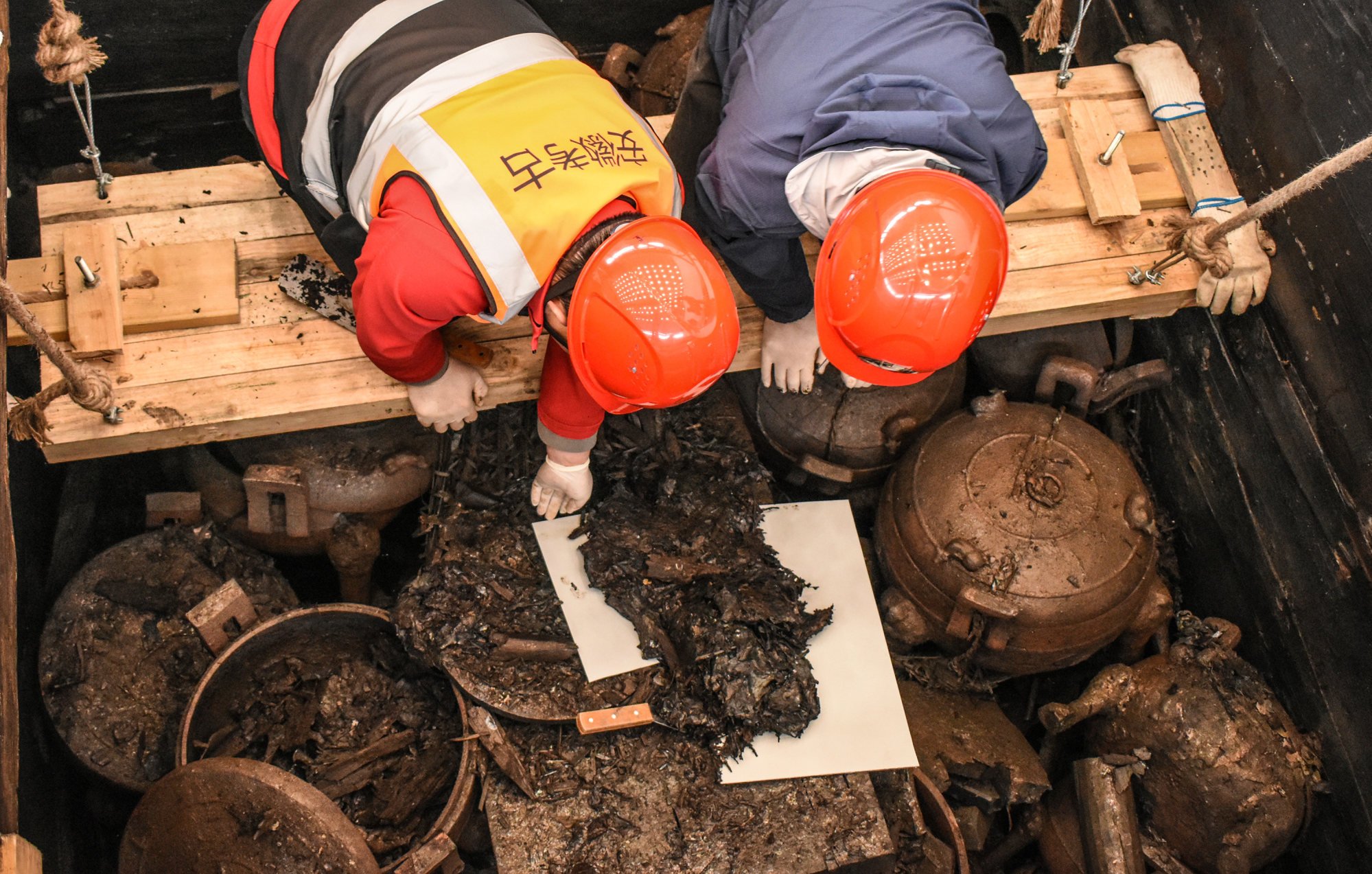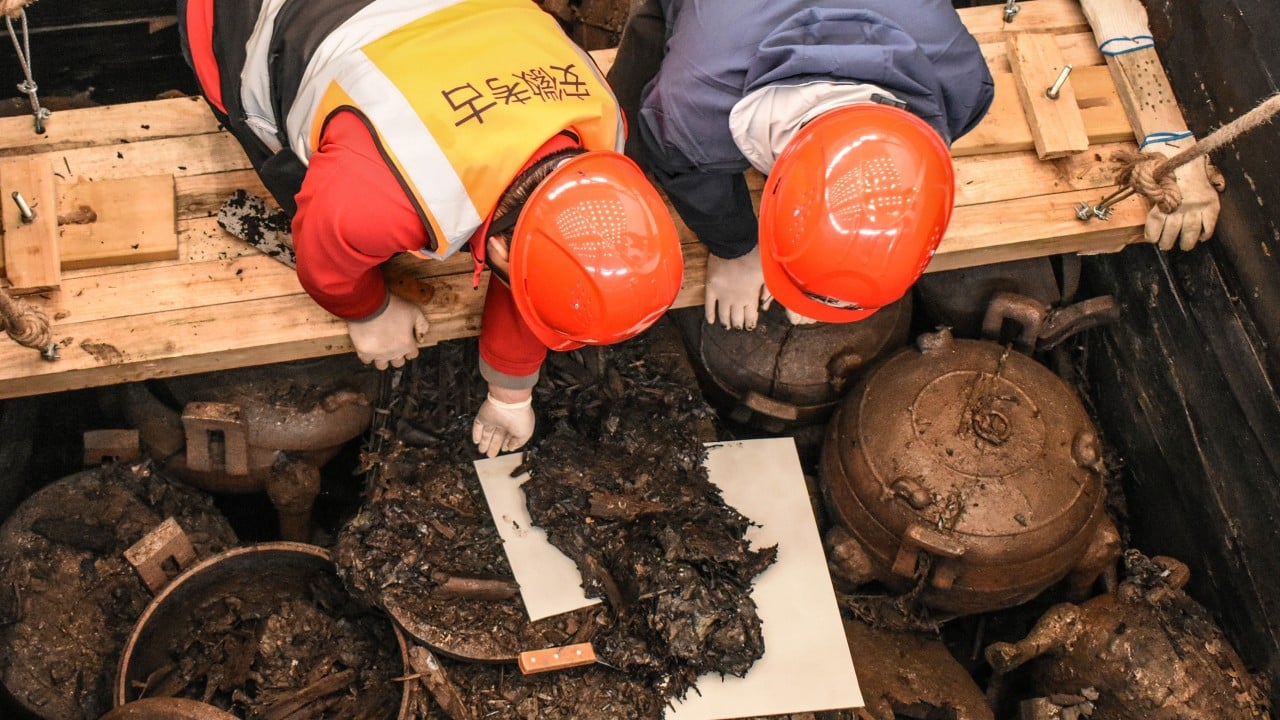Archaeologists could know later this year who was laid to rest in a massive 2,000-year-old-tomb being excavated in eastern China.
Gong Xicheng, a researcher at the Anhui Provincial Institute of Cultural Relics and Archaeology, told state news agency Xinhua on Wednesday that researchers were working to complete the excavation of the “Wuwangdun” tomb – which covers about 1.5 sq km (0.6 square miles) – in the province this year.
“And perhaps the mystery of the tomb owner’s identity will be solved by then,” Gong said.
The tomb dates back to the Warring States Period and is the biggest and “highest-level” of its kind from the state of Chu.
At its height, the Chu state was a vast area along the middle and lower reaches of the Yangtze River.
The Chu state lasted for about 800 years before being conquered in 223BC by Emperor Qinshihuang, who later established China’s first unified dynasty.
There has been much debate over the years about whom the tomb was for.
Among the main contenders, according to Communist Party mouthpiece People’s Daily, is King Kaolie, who reigned over the state of Chu for more than two decades during the Warring States Period.

Born Xiong Wan, Kaolie was the king of the state from 262 BC to 238 BC.
As a crown prince, Xiong was sent as a hostage to the more powerful state of Qin at the age of 17.
He lived in Qin’s capital for 10 years and married the daughter of the king of Qin before escaping back to Chu to inherit the throne.
In 241BC, in the Chu state’s final days, Kaolie moved the state capital eastwards to Shouchun, now in the city of Huainan in Anhui province.
Shouchun was the state’s last capital, and the Wuwangdun tomb is about 15km (9 miles) from the ruins of the capital.
According to ancient Chinese texts such as the Records of the Grand Historian, Kaolie of Chu had no son, and his successor, King You, was the child of an official.

Work has been under way to protect the Wuwangdun tomb site since 2020.
So far, the archaeological team has excavated more than a thousand artefacts, from bronze ritual vessels and household utensils, to lacquer and wooden vessels, musical instruments and figurines.
Researchers have also found a large number of inscriptions in the tomb, which researchers hope will shed light on the nature of Chu society and the late Warring States Period.
The tomb has been robbed a number of times, but police have recovered more than 70 relics in recent years.


